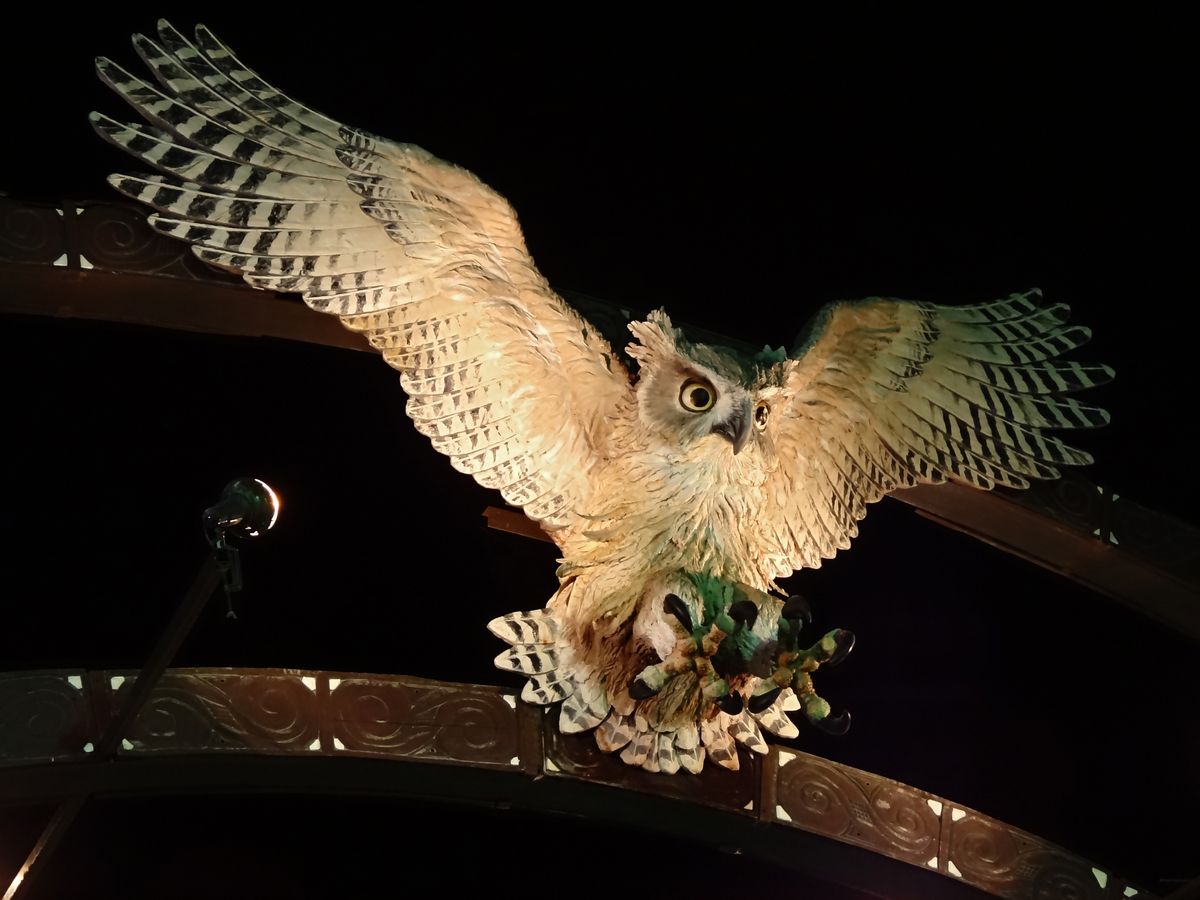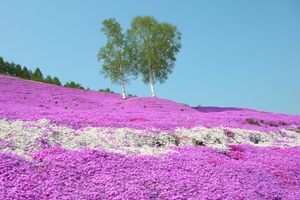About
The Ainu people live in the northernmost parts of Japan, mainly on the island of Hokkaidō, with around 25,000 and 200,000 people left belonging to this Indigenous group. They were originally hunter-gatherers with their own language and rich culture living in larger areas.
However, during the 19th-century, the Japanese government drove them further into the north to colonize the frontier. The Ainu were stripped of their lands, culture, and traditional way of life. It was not until April 2019 that they were officially recognized as the Indigenous people of Japan.
For those interested in learning their cultural heritage, Hokkaidō is naturally the best place in Japan to visit, boasting several museums and archaeological sites. It's also home to their largest existing settlement, or kotan, which can be found on the southern shore of Lake Akan. It's an area famed for its hot springs.
About 120 Ainu people from 36 families live in the Lake Akan Ainu Kotan, educating visitors on their culture through traditional restaurants, gift shops, a museum housed in a traditional cottage called a ponchise ("small house"), and a theatre where shows of Ainu puppetry, folk dance, and ceremonies are held. At the gift shops, guests can buy many traditional items, including wood carvings, musical instruments, amulets, and embroidery.
Two of the most popular items are the makiri, daggers used mostly for hunting, and menoko makiri, smaller daggers meant for women. Traditionally, Ainu men make menoko makiris for the women they are in love with. Another interesting item is the mukkuri, an idiophone made of bamboo commonly used in traditional Ainu music.
Related Tags
Hidden Japan: Sado Island, Nara & Kyoto
Explore a different side of Japan.
Book NowCommunity Contributors
Added By
Published
July 30, 2020


































